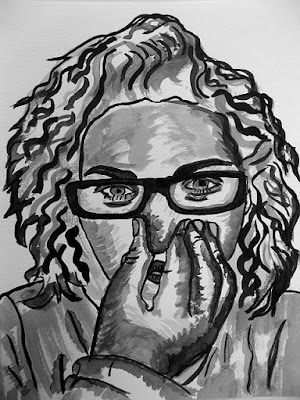Assignment
Step 1: Above are 20 images, I want you to rank them in order by their letter starting with number one being your favorite. You might want to click on the image for better detail. Please post your responses in the comment section.
Step 2: What were your top three images and what where you bottom three?
(Example: Top 3: A, H, and M Bottom 3: B,Q, and L)
Step 3: Answer the following questions about each of your TOP three favorite images. (Your responses must be in complete sentences)
a) Why did this image appeal to you?
b) What do you think the image is about?
c) What do you think the artist is trying to communicate with her/his artwork?
d) Would you have this artwork in your home, why or why not?
Step 4: Answer the following questions about each of your BOTTOM three least favorite images. (Your answers must be in complete sentences)
a) Why didn't you like the image?
b) What do you think the images is about?
c) What do you think the artist is trying to communicate with her/his artwork?
PLEASE POST YOUR RESPONSES IN THE COMMENTS SECTION AT THE END OF THIS POSTING AND SIGN YOUR NAME FOR CREDIT
e-mail me if you have any questions: bmedina@schutzschool.org.eg













































